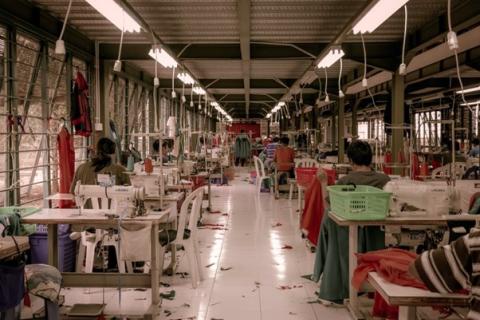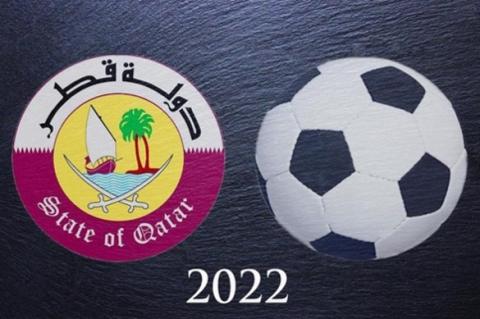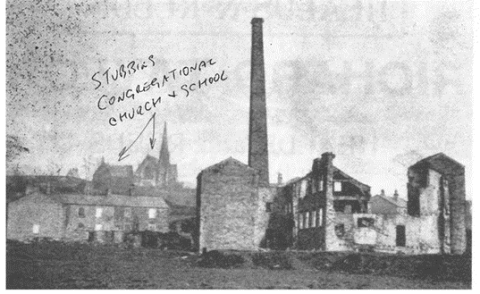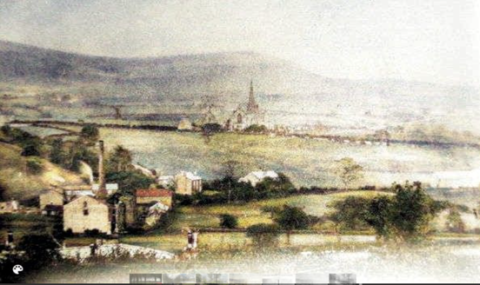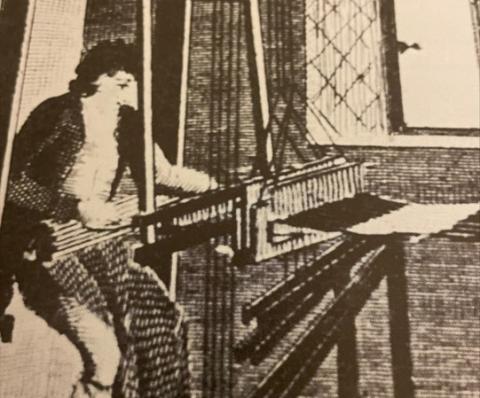Blog
In this series of blogs, HERC takes a multidisciplinary approach to exploring harmful evidence and evidencing harm. We consider the roles of harm and crime, uses and abuses of evidence in criminal justice and criminalisation to de-criminalisation.
** All views in the blogs are the author’s own.
-
Rana Plaza, 10 Years On: Fast Fashion, Lesson Forgotten?
“Fast fashion isn’t free. Someone, somewhere is paying.” Lucy Siegle, British journalist. The harms of fast fashion came into the public spotlight in 2013, when a ready-made garment (RMG) factory in Bangladesh collapsed. Next month marks the 10th anniversary of the Rana Plaza building collapse that occurred on the 24th of April 2013.
30th March 2023 -
Stopping Ecocide and Climate Catastrophe: A Critique of the Criminal Law
In this short article Dr David Scott questions, from a penal abolitionist perspective, whether the criminal law can be effectively deployed to prevent climate catastrophe. In so doing he questions the goals of influential pressure group Stop Ecocide International and highlights the importance of the recent book Ecocide by Professor David Whyte, which calls for ordinary people all around the world to directly challenge corporate power.
15th December 2022 -
‘THE HYPES AND HARMS OF THE WORLD CUP FOOTBALL’
The FIFA World Cup 2022 is almost upon us and the eyes of the world will be on Qatar during the unusually scheduled event to be played between 20th November and 18th December. For one sportswear company, adidas, the starting gun for the tournament sounded back in March 2022 with the launch of their Qatar World Cup ball called Al Rihla. This piece is written by dr Peter Kennedy and dr David Kennedy.
7th November 2022 -
Historical witnessing for the present: Truth, remembrance, and mass deaths in east Lancashire
In the final of four short articles, David Scott focuses on ethics and the interpretation of history, working towards the uncovering of evidence of social murder and why naming is such an important part of remembrance.
30th June 2022 -
Walking as Activism: The inaugural ‘Weavers Uprising Remembrance Walk’
In the third of four short articles, David Scott reflects upon the inaugural remembrance walk and its dual goals of raising awareness and challenging the dominant narrative of the 1826 weavers uprising.
22nd June 2022 -
Chatterton, April 1826: Britain’s Hidden Massacre
Between 24-28th April 2022, Dr David Scott initiated and led the inaugural ‘Weavers Uprising Remembrance Walk’, a 45 mile walk following in the footsteps of starving handloom weavers in east Lancashire 196 years ago. During this uprising handloom weavers and other working class people attempted to send a symbolic message to government about their precarious living conditions through the destruction of more than 1,100 powerlooms in the local mills. In the second of four short articles, David Scott describes the deadly events at Chatterton on the 26th of April 1826, why this tragedy has for so long been either misinterpreted or forgotten and why it is now essential that these state killings are remembered as a massacre.
15th June 2022 -
‘Alas Poor Weavers’: The context of the April 1826 Weavers Uprising in east Lancashire
Between 24-28th April 2022, Dr David Scott initiated and led the inaugural ‘Weavers Uprising Remembrance Walk’, a 45 mile walk following in the footsteps of starving handloom weavers in east Lancashire 196 years ago. During this uprising handloom weavers and other working class people attempted to send a symbolic message to government about their precarious living conditions through the destruction of more than 1,100 powerlooms in the local mills. In the first of four short articles, David Scott explains the socio-economic and political context to the 1826 weavers uprising in east Lancashire.
7th June 2022 -
Amazon: When a Crime is Not a Crime
In this blog, Jana Macfarlane-Horn considers the role of medical representations of corporate crime through a critical consideration of the company Amazon.
14th April 2022 -
Juries are subject to all kinds of biases when it comes to deciding on a trial
The decision making of jurors can be influenced by a number of factors and bias can enter the jury room from a number of different sources. In this weeks blog, Dr Lee John Curley (The Open University), Dr James Munro (The Open University) and Dr Itiel Dror (UCL) discuss potential biases that might influence jurors and they give some recomendations for fighting juror bias. The original article was published in The Conversation and can be found here: https://theconversation.com/juries-are-subject-to-all-kinds-of-biases-w…
23rd March 2022 -
Primodos: Financial redress is long overdue
In this article, Sharon Hartles reflects upon the events that have unfolded since the publications of the Independent Medicines and Medical Devices Safety Review, First Do No Harm report and the Department of Health and Social Care, Government response to the report of the Independent Medicines and Medical Devices Safety Review. She sheds light on the ongoing debacle over the government's pledge in fulfilling their policy recommendations. Sharon Hartles is a member of the Open University’s Harm and Evidence Research Collaborative.
11th March 2022

